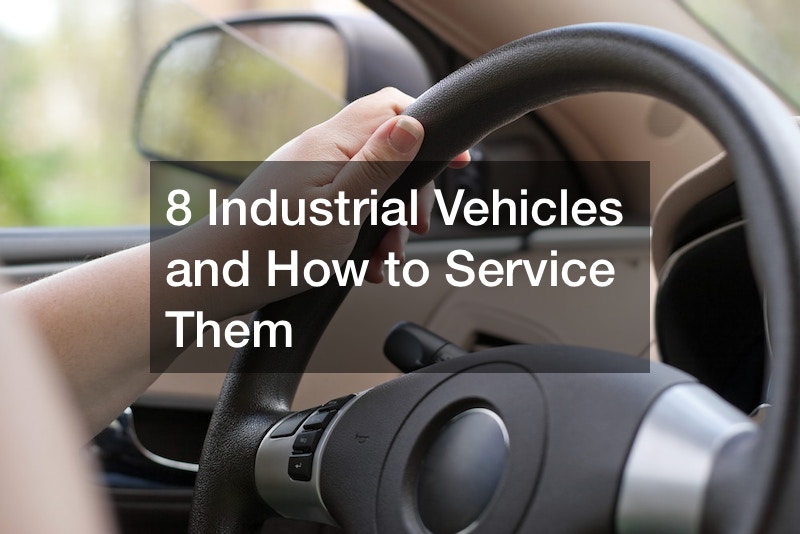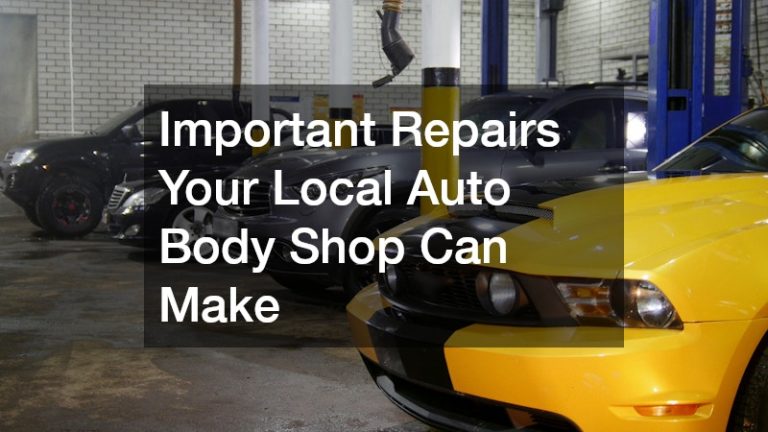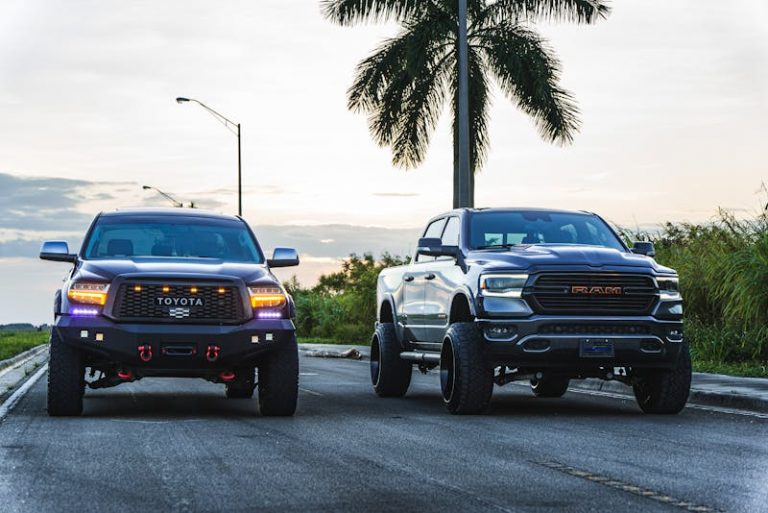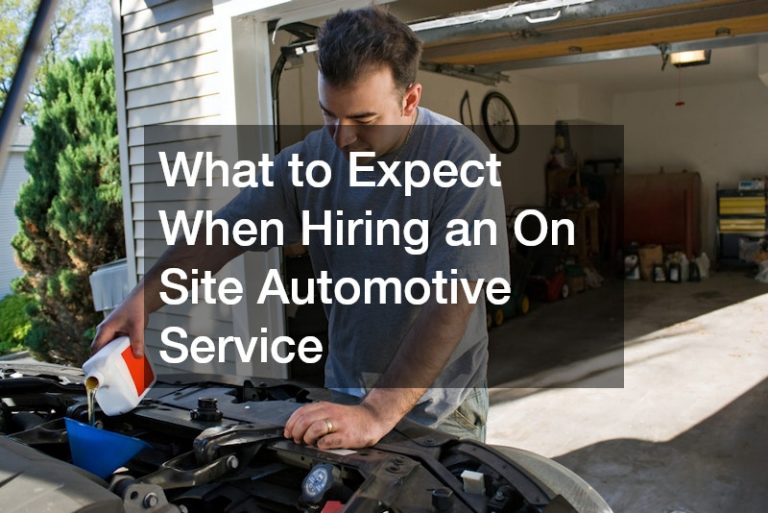

Industrial vehicles have made life on the job much easier for construction management teams and crews. Things like digging trenches and hauling heavy construction materials such as stone or aggregate or supplies for jobs such as roof replacement or garage door repairs are no longer too much of a hassle. And that’s without even getting into advancements such as GPS enabled heavy equipment automation. If you plan to venture into the sector, it’s a good idea to familiarize yourself with the different types of industrial vehicles and how to service them. This read will help you, so let’s get right into it.
1. Backhoe Loaders
Although their primary function is excavation, backhoe loaders can perform several other important tasks in the construction, agricultural, and landscaping sectors. Backhoes consist of stabilizing legs to keep the vehicle from toppling over, a front loader to plow debris, and a backhoe fitted with a digging bucket. The digging depth, bucket capacity, horsepower, and size of backhoe loaders vary, so when selecting one, don’t just go for the one that looks aesthetically appealing. You want something to get the job done, so prioritize your workplace requirements. When you combine it with its three primary components, the backhoe, loader, and tractor, this industrial vehicle can handle various tasks on different types of terrain.
You may spot a backhoe loader in worksites of all types. In construction projects such as home renovation, contractors may use it to perform minor demolition jobs, break up pavement, and clean up the worksite. It may also be useful in landscaping and agriculture tasks such as moving heavy rocks or loads of dirt, digging trenches or ponds, and uprooting trees.
Regarding backhoe loaders as one of your industrial vehicles and how to service them, you need to set aside a few minutes daily to inspect for potential issues and address them. Doing this will help you avoid costly future repairs and unanticipated downtime. The last thing you want is for the hydraulic system to fail before or in the middle of an important job.
Start by checking the levels of fluids like the engine oil, coolant, fuel, and hydraulic fluid. For the oil, the best thing is to work with an automatic oil delivery service. Ensure they’re all within the recommended range.
Next, inspect the different parts of the vehicle for any sign of a leak, particularly focusing on the connections and hydraulic hoses. You’ll also want to check the tires and rims. The tire pressure should meet the manufacturer’s recommendations.
You also want to address any signs of damage on the tires, including excessive wear, bulges, cuts, and deformities or cracks in rims. Test all lights, from the turn signals, brake lights, taillights, and headlights. How functional are the alarms and warning indicators? Don’t forget about the filters and air intake. Finish by inspecting the operator’s cabin for damage.
2. Bulldozers
Bulldozers are one of the most popular construction trucks. They typically move, dig, excavate, and level materials at construction sites. You can identify these massive earthmovers by their enormous front blade, which helps push large quantities of debris, soil, and other materials. You can attach different blade types to your bulldozer depending on the purpose you intend to use it for and the materials you’ll be handling. Certain dozers come with additions such as a ripper at the back that works to break down hard soil or rocks.
You’ll often see people using bulldozers to push materials such as soil, gravel, and snow in mining operations, across construction sites, and on roadways. Now that you understand the function, let’s look at these industrial vehicles and how to service them. Check the coolant, hydraulic fluid, and engine oil to ensure they’re at the right levels. Next, inspect the tracks for signs of misalignment, damage, or wear. Check the condition of the blades and make any necessary adjustments.
Clear any debris from the radiator grills and clean the air filters. Verify that all the alarms, lights, and signals are working. If applicable, you’ll also want to check the tire pressure. Don’t forget to grease joints, pivot points, and other moving components.
Lastly, examine the electrical connections, hoses, and belts for damage or wear. By conducting these tasks diligently and consistently, you’ll always be confident that your bulldozer is ready to handle any tasks without any unplanned delays. Always consult the manufacturer’s guidelines or the owner’s handbook for further assistance.
3. Articulated Haulers
Think of articulated haulers as heavy-duty dump trucks. You want them when transporting bulk materials to and from construction sites. Unlike other dump trucks, articulated haulers have a pivot joint that increases mobility. They can make tighter turns as this feature allows the rear wheels to follow the front wheels’ path. Articulated trucks are generally all-wheel drive, which enables them to traverse uneven terrains safely, even when carrying massive loads.
The ability of these industrial vehicles to navigate rocky and muddy conditions is why they’re popular in the mining industry. However, you can spot them in construction projects, hauling materials to the site and waste and debris from the site. Some local junk removal services also make use of this industrial vehicle.
Learning about the components of these industrial vehicles and how to service them is important to ensure you get the most service out of their useful life. A massive, fully loaded articulated truck has a lot riding on its wheels. Seemingly minor issues like tire cuts, low tire pressure, severe rim damage, and missing or loose nuts can quickly escalate into a major issue that could destroy the machine. It would be best to periodically inspect the undercarriage and tires (both when loaded and unloaded) throughout the day. While not all tire problems will be straightforward and quick to spot, identifying the ones that are will reduce repair needs and downtime in the long run.
Articulated hauler vehicles and how to service them also involves following the timetable for engine and hydraulic oil changes that are specified in your articulated truck’s operator’s manual. This simple task is a tried-and-true method of prolonging the life of your hydraulic and engine components. You should also regularly check the oil to see if there’s any contamination and to check for levels. It’s also good practice to keep the cab and machine clean.
4. Boom Lifts
Boom lifts are a kind of aerial lift that hoists personnel and supplies at building sites to get them to difficult-to-reach places. These machines feature a bucket or platform on a hydraulic arm fixed to a movable base. These make it easier for workers to perform painting jobs, reach piping utilities, work on building exteriors, complete tree projects, and install certain components of HVAC units.
Boom lifts are the perfect construction vehicle for jobs requiring maximum reach since they can extend higher and more than most other types, like scissor lifts. You can use them to move objects up to 115 horizontal feet and 210 vertical feet. These machines can be found in various indoor and outdoor settings, such as building sites, warehouses, orchards, and farms.
As you educate yourself on industrial vehicles and how to service them, boom lifts should be among them. Millwrights will tell you it starts with inspections. Remember that the typical working environment of a machine affects how frequently you should inspect it. Suppose your operators use the machines in hostile environments, such as where sandblasting or welding occurs or operating them during several daily shifts. In that case, inspections should be conducted more often. This way, the machine will be significantly less likely to encounter any issue or malfunction.
The inspection points for each type of equipment will differ, so to find out exactly what to check, consult the operation and safety manual for your particular machine as part of your efforts to learn more about industrial vehicles and how to service them. Having said that, always examine machines for apparent fuel, oil, or battery fluid leaks or foreign objects during your daily pre-start inspection. You should also look for signs of damage like dents, parent metal or weld cracks, and other flaws. The signs and decals on the machine should be clear and readable.
5. Manlifts
Single manlifts, sometimes referred to as personal or personnel lifts, raise one operator to an overhead workspace. Drive tracks and retractable outrigger legs help man lifts stabilize the base on any surface. When you’re out shopping for a man lift model, consider the power source that’s accessible at your location as well as the size and greatest reach required for your job.
You can run outside lifts using diesel, gasoline, or batteries and power indoor single-man lifts using an electrical socket. You’ll want to use man lifts when you can’t reach a place using a regular ladder or other means. You’ll see this industry vehicles in home renovation projects, building maintenance projects, construction sites, and photography shoots.
Knowing the different components of these industrial vehicles and how to service them is a good idea, as you’ll likely be using them at some point. Routine inspection before use is the key to ensuring your man lifts are always fully functional, safe, and efficient for business operations. The earlier you detect an issue, the sooner you can make the necessary repairs. You’ll particularly want to pay attention to the belt, rails, gears, brakes, horns, lights, belt tension, and floor landings. Keep a fire extinguisher, an emergency exit ladder, and the manufacturing manual close to be ready for any emergency.
6. Skidders
You’ll often see skidders in a forest with logging operations. They’re used to drag logs from where they fall to a landing, which is basically the collection point. When used correctly, skidders can move logs at a reasonable cost and with the least harm to the surrounding plants and soil.
There are two types of skidders: tracked and wheeled. They have varying speeds and capacities for navigating slopes. Standing trees are no obstacle for wheeled skidders as they feature an articulated joint in the middle. Work with a professional for the servicing needs of these vehicles for the best results.
7. Telehandlers
Telehandlers are used to hoist bulky materials and precisely place them where they should be. You can think of this vehicle as a hybrid of a forklift and a crane. It combines a crane’s range of motion with the pallet-lifting capabilities of a forklift.
You can move a telehandler’s telescoping boom from left to right, up and down, and one of its best and most interesting features, diagonally. Besides that, you can also extend and retract it to get past obstacles. The benefits don’t end there. If you have the funds, you could invest in additional attachments to allow you or your operators to haul different loads on a single job site, including lawn equipment and supplies.
With a telehandler, you get an unrivaled blend of heavy-duty lifting capacity, adaptability, stability, and mobility on uneven terrain. This vehicle is used in industrial and construction settings. You could also spot it placing and lifting palletized loads in warehouses. You’re better off hiring a professional for the job when it comes to these vehicles and how to service them.
8. Tractors
A tractor is a famous agricultural vehicle that serves many farm functions, including spraying, fertilizing, harvesting, and plowing. However, its capabilities have proven useful in various other worksites where there’s a need for land clearing, heavy lifting, digging foundations, and removing snow. Large, broad tires are a common feature on tractors. These help to distribute the weight so the ground below doesn’t get crashed.
You can attach various implements to the tractor’s rear, such as wood chippers, mowers, buckets, forks, and box scrapers. Because these vehicles can produce high power at moderate speeds, they help simplify difficult tasks. Tractors are almost always associated with farms but are also used for construction, mining, and landscaping jobs.
Consider branding options as you learn about industrial vehicles and how to service them. If you’ll be investing in your own equipment and are planning to rent them out when you’re not actively using them, you can benefit from partnering with custom printing services to create durable stickers that can be on all your equipment. This can serve as a way of marketing your business.









